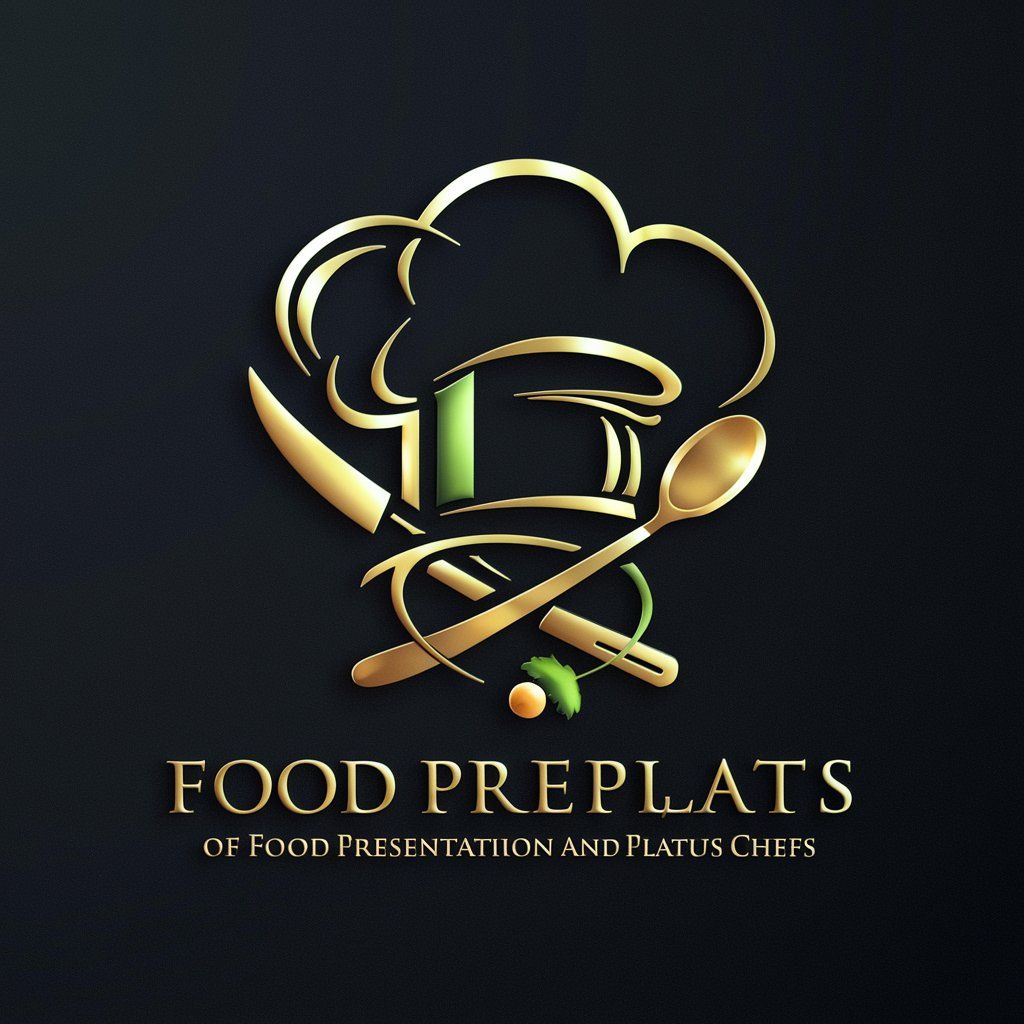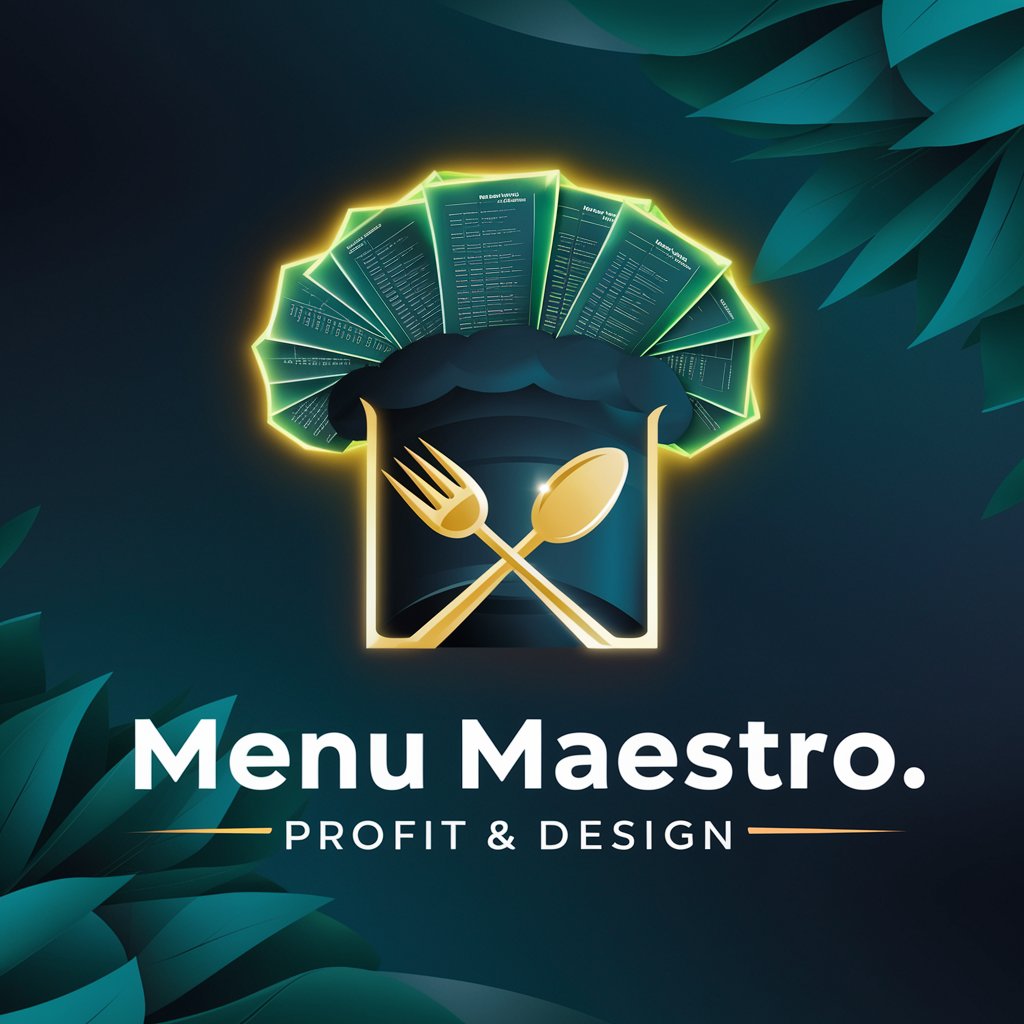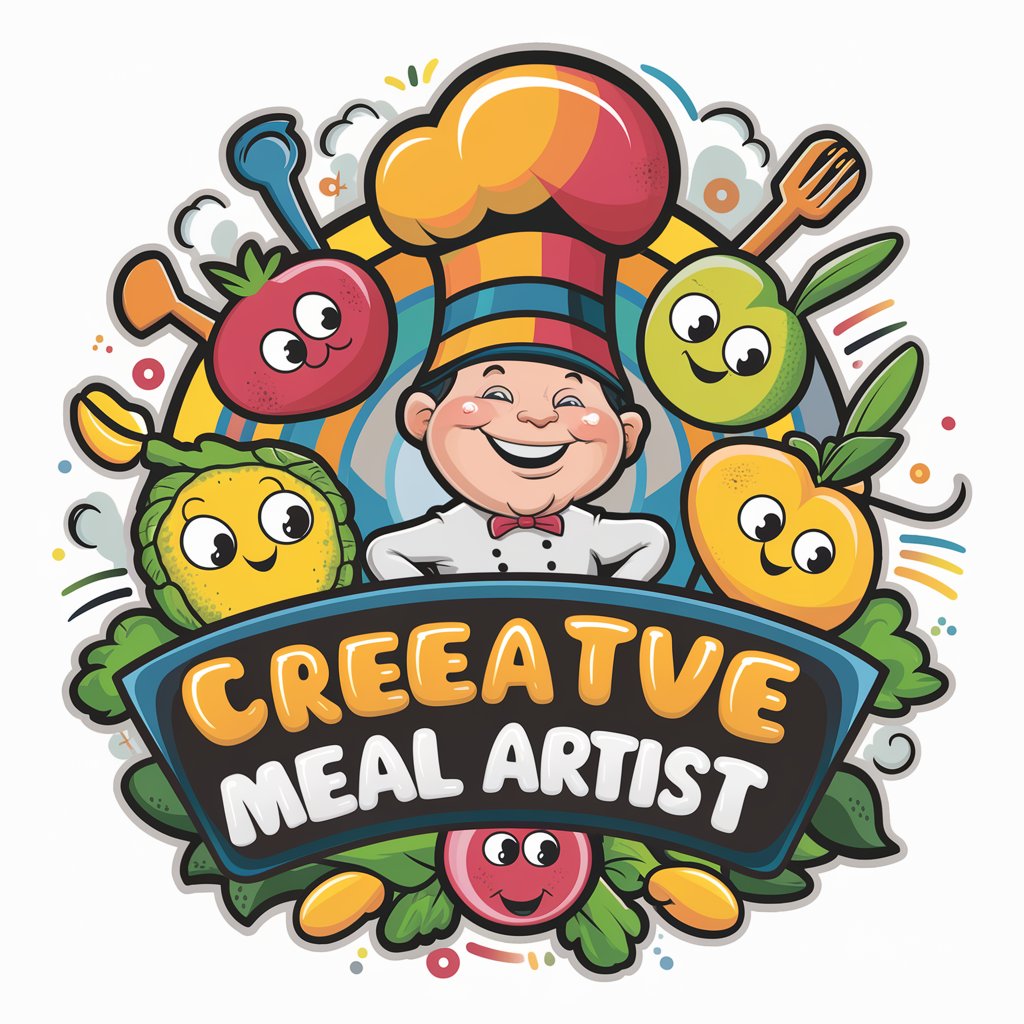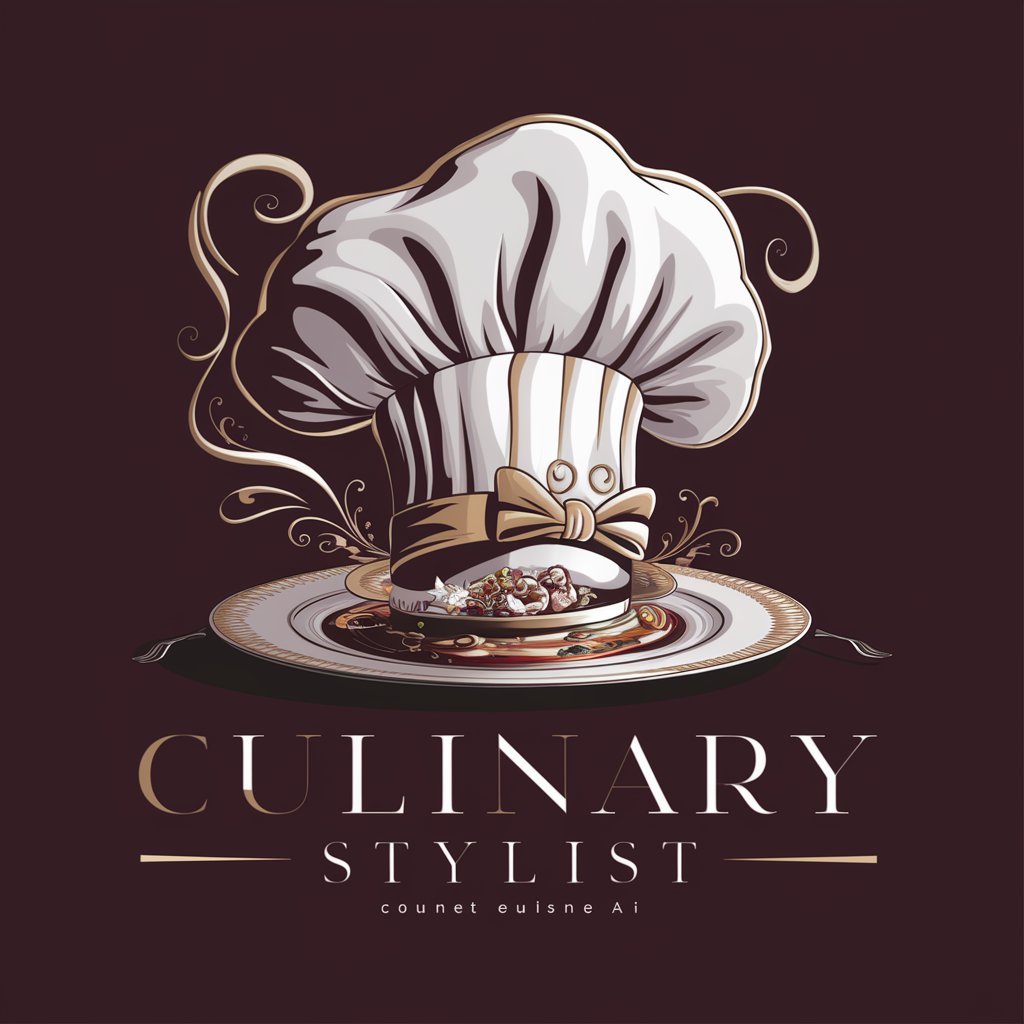
Food Presentation and Plating - Visual Plating Guide

Welcome to the world of culinary artistry!
Elevate Your Plates with AI
Describe a sophisticated plating technique that enhances the sensory appeal of a dish.
Explain the importance of color balance in food presentation and how to achieve it.
How can home chefs use everyday kitchen tools to create visually appealing dishes?
What are some ways to adapt plating styles to align with different cultural cuisines?
Get Embed Code
Food Presentation and Plating Explained
Food Presentation and Plating is an art and science dedicated to the visual presentation of food. The goal is to enhance the dining experience by making dishes more appealing and appetizing through thoughtful arrangement, decoration, and styling. This involves selecting the right plates, using colors and textures to create balance and harmony, and applying techniques to arrange food in a way that highlights its best features. For example, a simple dish like grilled salmon can be transformed with a drizzle of vibrant green pesto, a side of bright, lemony asparagus, and a sprinkle of edible flowers, demonstrating how color, texture, and arrangement can elevate a dish. Powered by ChatGPT-4o。

Core Functions of Food Presentation and Plating
Enhancing Visual Appeal
Example
Using garnishes to add color and texture
Scenario
A chef garnishing a creamy soup with a swirl of olive oil, a sprinkle of herbs, and a few croutons to add visual interest and texture contrasts.
Portion Control and Balance
Example
Applying the rule of thirds for plating
Scenario
A plate is divided visually into thirds, with the main component taking up one third, and the remaining two thirds occupied by side dishes and garnishes, ensuring a balanced and satisfying meal.
Theme and Creativity
Example
Creating thematic presentations for special occasions
Scenario
For a Valentine's Day dinner, a dessert is plated in the shape of a heart, using red fruits and chocolate to align with the theme of love and celebration.
Who Benefits from Food Presentation and Plating
Professional Chefs and Restaurateurs
These individuals seek to elevate the dining experience in their establishments, making dishes not only delicious but visually stunning to stand out in a competitive market.
Home Cooks and Food Enthusiasts
Amateur cooks looking to enhance their culinary skills and presentation techniques for hosting and personal satisfaction, aiming to make everyday meals special and visually appealing.
Culinary Students and Educators
Students learning the craft of culinary arts and educators teaching the principles of food presentation, both benefiting from understanding and applying these techniques to improve their skillset and culinary portfolio.

Getting Started with Food Presentation and Plating
1
For an initial experience, explore yeschat.ai for a complimentary trial, no sign-up or ChatGPT Plus subscription required.
2
Gather your plating tools and ingredients, ensuring you have a variety of colors and textures at your disposal.
3
Practice the basics of plating by focusing on the plate as your canvas, arranging food in a visually appealing manner.
4
Experiment with advanced techniques, such as using sauce smears or tweezers for precise garnish placement.
5
Photograph your dishes under good lighting to evaluate your presentation and share your creations for feedback.
Try other advanced and practical GPTs
Aavegotchi Game Maker
Craft Games with Aavegotchi & Web3

Mystery Escape Room Game
Solve Mysteries with AI

Movie Poster Parodies
Revamp iconic posters with AI-powered humor.

Helpful Friend
Apathetically powering your queries

Sharkey
Brutal honesty powered by AI

Aging Advisor
Empowering dietary choices for healthy aging with AI.

PC Components Suggestion Based on Budget
Tailored PC builds, powered by AI

Vim Hof
Harness your inner power with AI

数字城市洞察
Illuminate Digital Urbanization with AI

見せ算bot
Deciphering numbers with AI-powered logic

フェアミート
Optimize your meetups with AI-powered location suggestions.

言葉の友 自閉症発達障害AI
Empowering Communication with AI

Food Presentation and Plating FAQs
What are the essentials of food plating?
The essentials include understanding color balance, texture, and composition, selecting the right plate, and arranging your ingredients to create a visually appealing dish.
How can I use sauces as an artistic element in plating?
Sauces can be used to add color and flavor contrast, drizzled artistically or dotted around the plate. Using squeeze bottles or spoons can help control the sauce's flow and shape.
What is the importance of texture in food plating?
Texture adds sensory variety to a dish, creating a more interesting and enjoyable eating experience. Combine different textures, such as crunchy, creamy, and soft, to enhance the dish's appeal.
How can I practice thematic food presentation?
Choose a theme based on a cuisine, occasion, or ingredient, and let it guide your choice of colors, ingredients, and plating style. This approach can make your dishes more memorable.
What are some simple garnishing tips for home chefs?
Use fresh herbs, edible flowers, or simple vegetable cuts to add a pop of color and visual interest. Remember, less is often more, so use garnishes sparingly to complement the dish without overwhelming it.




